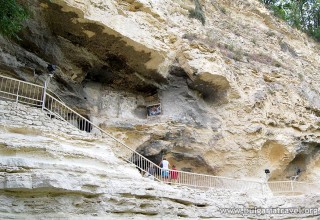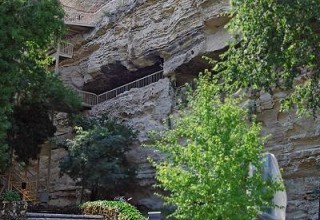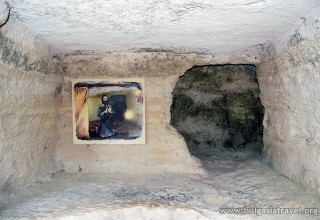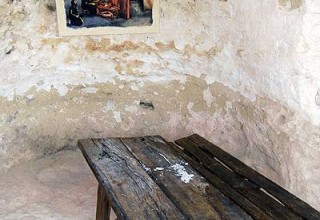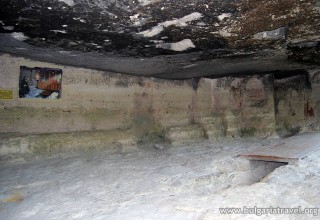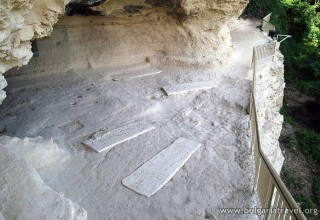The town was established in the 6th century BC under the name of Odessos by emigrants from the town of Milet in Asia Minor. For a short time it turned into a polis and one of the most important ports and commercial centers on the Black Sea.
For a few decades Odessos was within the borders of the Macedonian Empire of Alexander the Great, but later it reestablished its independence and again rose as an economical, commercial and cultural center.
The city was coining its own money which is an evidence of its development. In the 15th year AD Odessos was included within the borders of the Roman Empire. In 1201 the Bulgarian tsar Kaloyan (born 1168– died 1207) integrated the town to Bulgaria, and in 1366 Varna was given to the Dobrudzha ruler Dobrotitsa, and it had served as his capital. In 1398 Varna was conquered by the Ottoman conquerors. During the Revival (18th – 19th century) it was developed as a cultural and commercial center.
Aladzha Monastery is the most famous medieval cave monastery on the Bulgarian Black Sea coast. It was inhabited by hermit monks during the XIII- XIV centuries. It was in the end of XIX century when the founders of the Bulgarian archaeology- Shkorpil brothers, Karel and Hermin, began systematically to study this Christian monument. In 1927, Aladzha Monastery was declared a public historical monument and in 1968 it was declared an architectural cultural monument of national significance.
The monastery caves are hewn on two levels into an almost 40m high limestone rock. The first level consists of a monastery church, monastic cells, a dining premise and a kitchen, a small cemetery church, a crypt (bone-vault) and farm premises. The second level is a natural cave recess in the eastern end of which there is a monastery chapel.
600-700 m westwards from the Monastery there is a group of caves also known as the “Catacombs”. The items found by the archaeologists such as ceramics, coins, graffiti, etc., evidence that the Catacombs were inhabited during the early Christian Age (V-VI centuries).
After the fall of Bulgaria under the Ottoman yoke in the end of 14th century, Aladzha Monastery has gradually declined and it was probably around 15th – 16th century when it was finally abandoned.
The Christian name of the Monastery is unknown. The name “aladzha” (alaca) has a Persian – Arabian origin meaning “motley, bright”. At the beginning of the last century, K. Shkorpil wrote a legend according to which the patron of the monastery was St. Spas (named after Christ the Saviour).
The unusual architectural shapes and numerous legends and myths for hidden treasures and monk ghosts hovering about the ruins create a mystical and occult atmosphere attracting many admirers for decades now.
The cave monastery is situated in the central part of Golden Sands Natural Park- a protected area with rare tree species. The beautiful nature surrounding the Monastery combined with the historical and mythological symbolism make the place a wonderful spot for cultural, eco and cult tourism.
For a century now, Aladzha Monastery has been recognized as one of the most interesting destinations on the Black Sea Coast and it is included in most of the world travel guides.
A unique audio-visual show called Legends of Aladzha Monastery has been taking place in the monastery since 2009. This is a new attraction for the guests of Varna and the Black Sea Resorts.
Availability for visits: all year round, available guide
Transport accessibility: Public Transport (Bus line #409)
Tourist infrastructure: hotels, restaurants, shops, Tourist Information Centre




